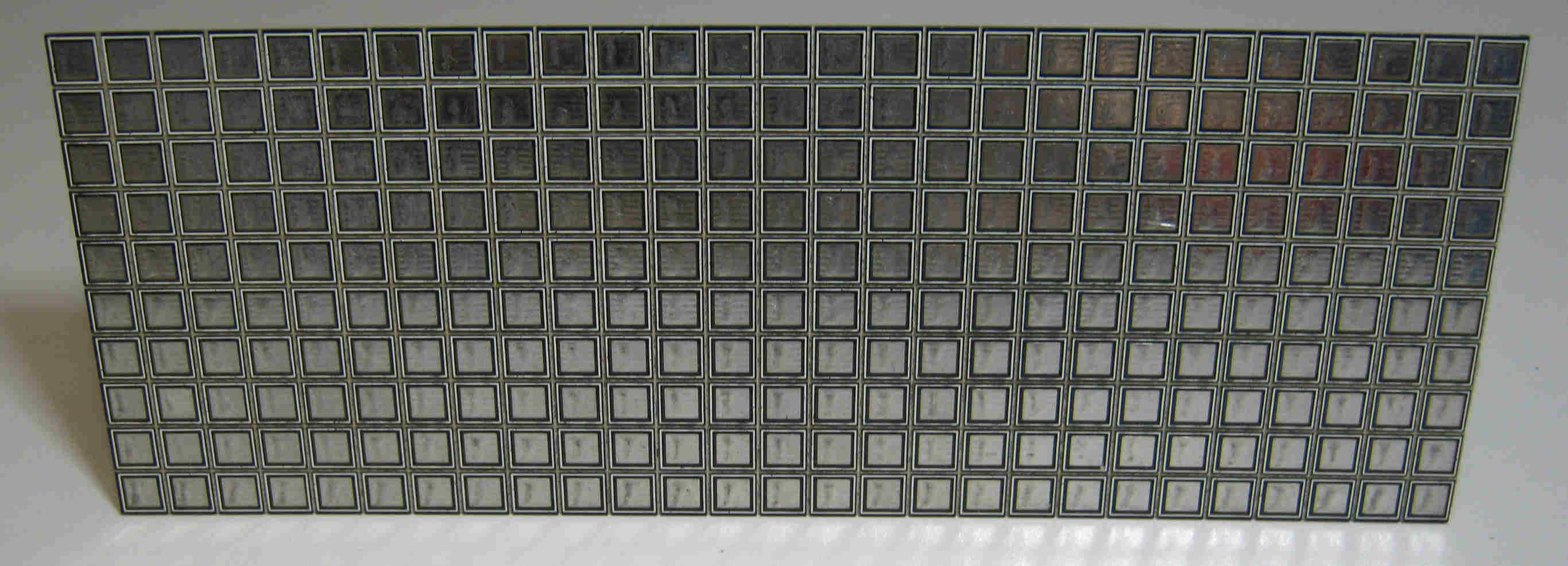Author Archive
 VLF amateur radio
VLF amateur radio
Being involved in VLF amateur radio is a very specialised activity requiring special (but low cost) kit to be successful. Casual listening is highly unlikely to be successful. Long distance reception of amateur VLF signals usually involves looking for signals using Spectrum Laboratory software locked to a VLF MSK signal so that very narrow bandwidths can be looked at for hours or days on end.
Most amateur VLF tests are done on 8.27kHz as this is unallocated spectrum in many countries.
News about amateur VLF activity can be found at https://sites.google.com/site/sub9khz/ . There has been very little amateur VLF work done this year but amateur VLF signals have crossed the Atlantic.
Tests using utilities assisted earth-mode do not involve big loading coils. Just under 6km has been achieved with just 5W using this mode, before I had my stroke! The kit was simple too. See https://sites.google.com/site/sub9khz/earthmode .
One of the things I am really looking forward to, when fit again, is some more field work with VLF using earth-mode.
 QRPme website
QRPme website
See www.qrpme.com .
 |
| http://www.qrpme.com/images/MeSquares.jpg |
Always on the look out for interesting QRP projects, the QRPme website has lots of interesting and low cost projects. They also sell crystals for QRP frequencies and MePads and MeSquares, which are very useful. In all, a useful resource for keen QRP enthusiasts.
 ITU Plenipotentiary Meeting – Busan Korea 2014
ITU Plenipotentiary Meeting – Busan Korea 2014
I have not had a chance to wade through the report(s) from this ITU meeting in Korea ahead of WRC2015 to see if a contiguous 60m band amateur allocation is any more probable. The few bits I did read were talking about budgets! We certainly will need a contiguous 60m band in the quiet years ahead. A nice new worldwide amateur band there would be very welcome.
 GQRP Club and SPRAT
GQRP Club and SPRAT
I have many times said that if all radio magazines had to go, then GQRP Club’s SPRAT would be the very last to go. This quarterly magazine is low in cost, very high in simple projects to build and the back page always has GQRP Club sales items.
Of ALL the magazines I see, SPRAT is without doubt the best. Back numbers of this excellent magazine are available on a DVD.
This is a little (sized) magazine but it is excellent value. The best in fact.
 Nevada bargain on 10m Multi-mode radios
Nevada bargain on 10m Multi-mode radios
See http://www.nevadaradio.co.uk/amateur-radio/transceivers/mobile-transceivers/alinco-dr-135dx-uk .
Nevada is selling Alinco multi-mode 28-29.7MHz radios on special deal at £99.95. For “export only” they can be expanded to also cover CB frequencies. Such expansion is not legal in the UK. At less than £100, this is a very good price for a 10m multi-mode rig.
I admit I “lifted” the original image from the Nevada website. As it was Javascript, I was unable to link, as I had wished, to the original images. If using this image on this blog is a problem, it will be immediately removed, although I hope Nevada see this as free publicity.
 Hendricks QRP Kits BitX20A
Hendricks QRP Kits BitX20A
See http://www.qrpkits.com/bitx20a.html
If I was looking for a simple, reliable QRP SSB rig for HF use in the coming years then the Hendricks QRP Kits version of Ashlan Farhan’s BitX transceiver for 20m would be in the frame. They also do a version for 17m, but there is more chance of QSOs on 20m. The rig has a useful 5W pep output and looks straightforward to build for most people. The Ashlan Farhan design is well proven. Going from 100W down to 5W is only just over a couple of S-points. 5W will get you plenty of QSOs on 20m SSB. 5W is fun.
A 10m version would be fun, but sadly is not available, but likely to be less useful in the years to come, apart from summertime Es. A 10m design would need better MOSFET PA devices anyway I think.
 Spark transmitters and modern simple rigs
Spark transmitters and modern simple rigs
In the early days of wireless, spark transmitters were all they had. Selectivity and bandwidths were not major concerns. These days it is all so different with sometimes very crowded bands and the bandwidth of both transmitter and receiver being of major importance.
See http://en.wikipedia.org/wiki/Spark-gap_transmitter for some interesting reading. I recommend you do not try a spark transmitter as you would be very unpopular because of the wide signal and interference caused. By all means read about them though.
A modern challenge is to see just how simple rigs can be made yet still function credibly on the amateur bands today. Rigs like the Pixie are fun, but such ultra-simple transceivers are let down by deaf or easily overloaded receivers. To my mind, the receivers have to be selective, sensitive, have netting, and not be easily overloaded. The challenge is to overcome these issues! Often TX power is not the deal breaker.
UPDATE 1740z: W5OLF has just shown me a photo of is tiny 1 inch ferrite rod antenna on which he has had some success with on 10m WSPR. I tried some WSPR experiments with ferrite antennas some years ago on 40m, 30m and 20m. As long as the ferrite does not saturate they do work. See www.g3xbm.co.uk .















